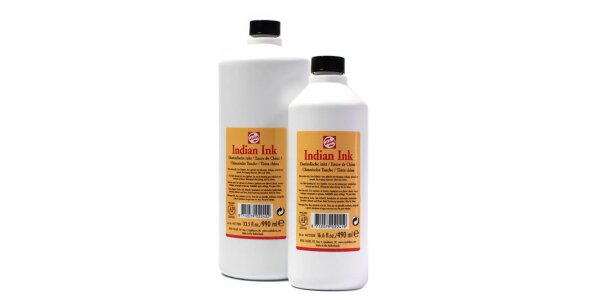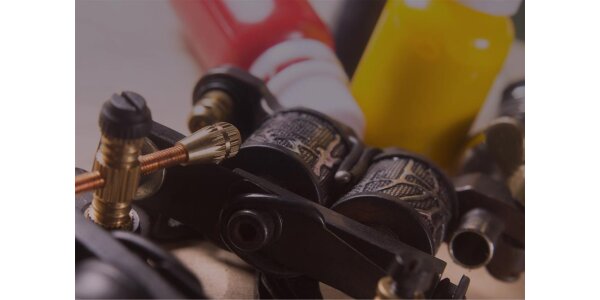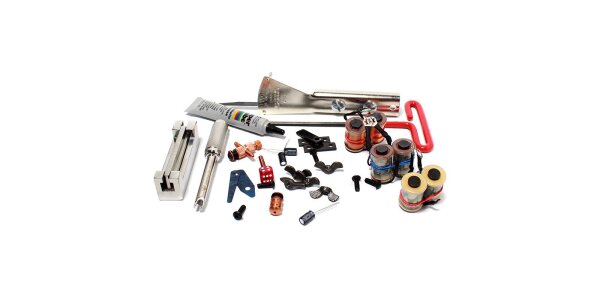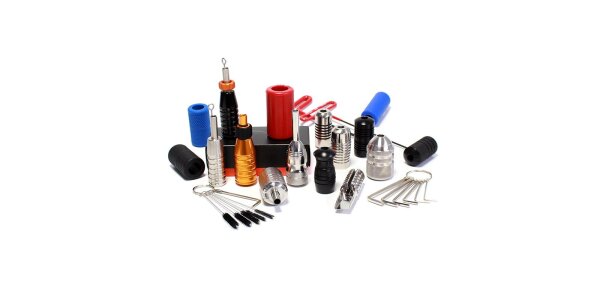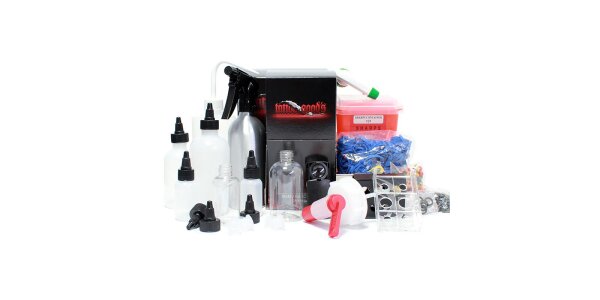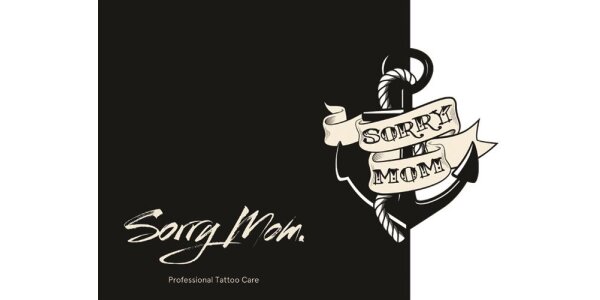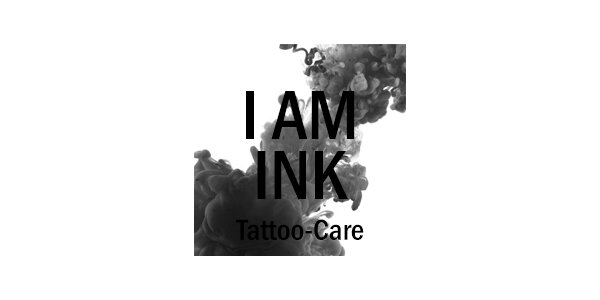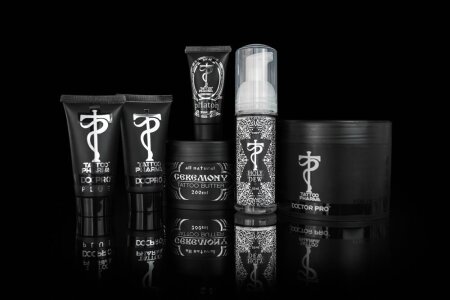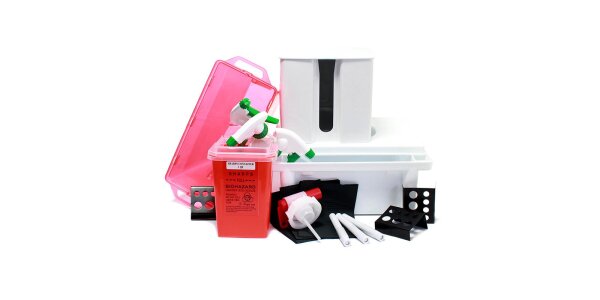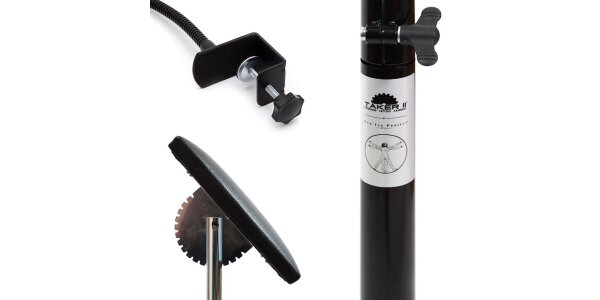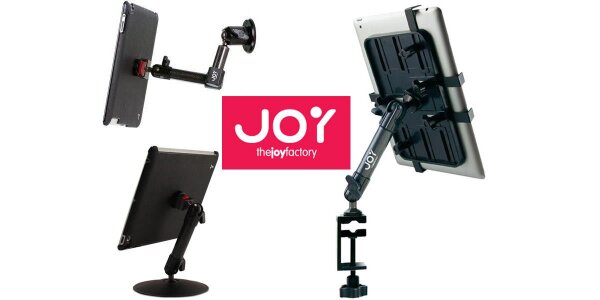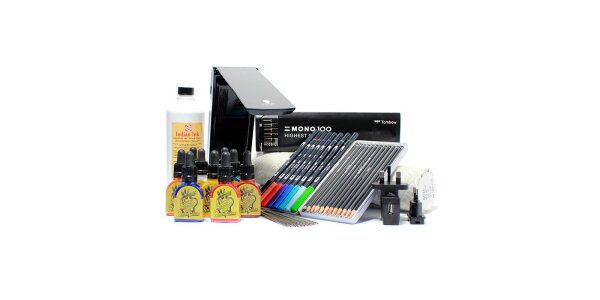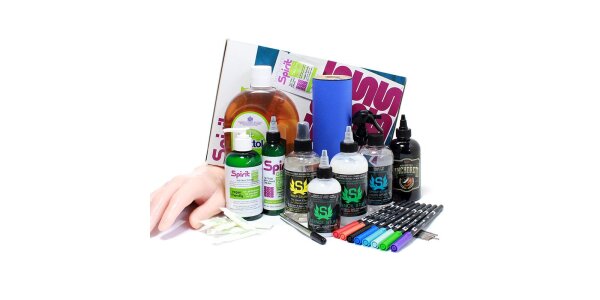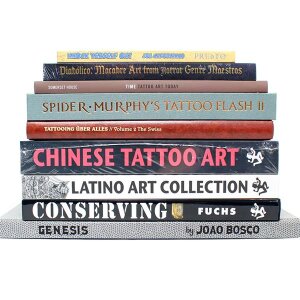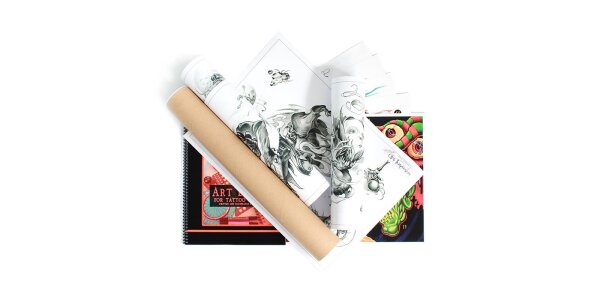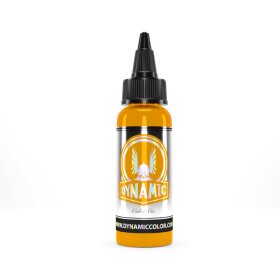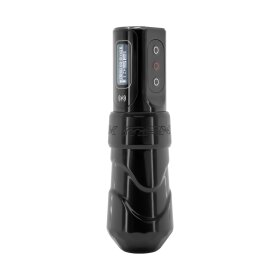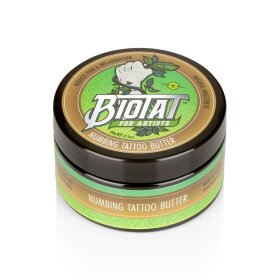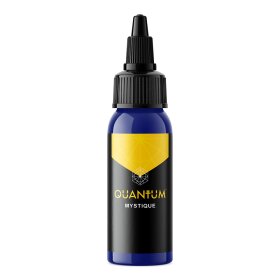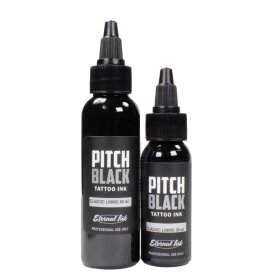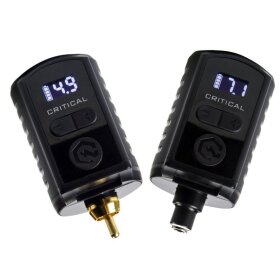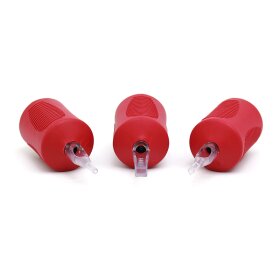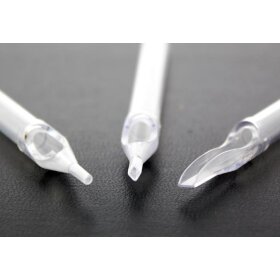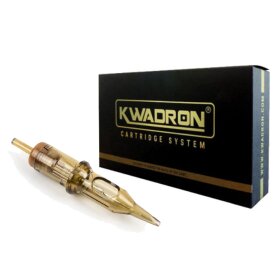Tattoo
Tattoo Goods® – tattoo accessories
From a tattoo artist for tattoo artists
Noun, word separation: Tat too, plural: Tat tooos, pronunciation: [t?'tu?], [ta'tu?]
Meanings: motif pierced into the skin with dyes
Origin: borrowed from English tattoo, a noun of the English verb tattoo from the Samoan tatau: correct, competent, art-appropriate
As tattoo artists, we know exactly how important the right equipment is for your work. That's why we only offer you products in our online shop that we use or have tested ourselves in our tattoo studio “BlackNeedle”. From tattoo machines, tattoo inks, tattoo needles to smaller accessories, studio equipment and work clothing, you will find everything you need with us - selected from the best-known brands and in accordance with the highest quality standards.
Feel free to browse through our shop or let us advise you. We are your experienced and high-quality supplier for tattoo needs!
Tattooing & the tattoo accessories you need
The tattooing process basically consists of puncturing the skin, whereby a tattoo ink is introduced into the skin through the tattoo needle at the same time as the piercing. The experienced tattoo artist ensures that the stitch is neither too shallow nor too deep. If the tattoo is done too flatly, the ink will only be deposited in the top layer of skin (epidermis). In the ongoing renewal process of the skin layer, the color pigments could be washed off or shed along with the epidermal cell layers. The tattoo would gradually fade over time. If the puncture is made too deeply into the skin, bleeding can occur during tattooing, which can also wash out color pigments. Tattoos that are intended to be permanent are inked into the middle layer of skin (dermis).
The speed depends on the tattoo machine used, the technique and the desired effect, e.g. B. lines or shading, but is between approx. 800 and 7,500 stitches per minute. Thanks to the capillary effect, the tattoo ink stays between the individual needles and, thanks to the speed of the movement, is applied to the skin just as easily as when drawing with a pen on paper. The skin is held under tension with one hand, the other hand applies the image with the tattoo machine without pressure. First, the contour is usually created and then the areas are filled with shades and/or colors. Special tattoo bandages and tattoo aftercare products help to care for fresh tattoos and promote healing.
At Tattoo Goods® you get the tattoo accessories you need for the tattooing process. In addition to tattoo art, the environment is also important to us. We are therefore offering more and more biologically based products that dissolve back into the biological cycle after use. You can already find biodegradable products and accessories made from bioplastics here.
Our goal is to expand this offer even further for you.
You can easily order high-quality tattoo supplies from us. We would also be happy to advise you on the products in our shop!
Buy tattoo supplies at Tattoo Goods®
Tattoo Goods is your reliable source for tattoo supplies. High-quality results and professional equipment ensure satisfied customers. We are at your side with our expertise and the large product selection in our online shop. Have you decided on a product but are not sure whether it meets your requirements? Do you have general questions about delivery and shipping? Maybe you can't find a product that you always use? We are happy to help you, whether on the phone, by email or in person in our store, no question remains unanswered.


